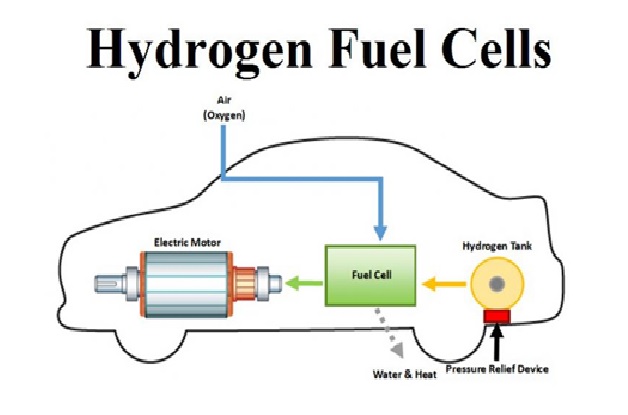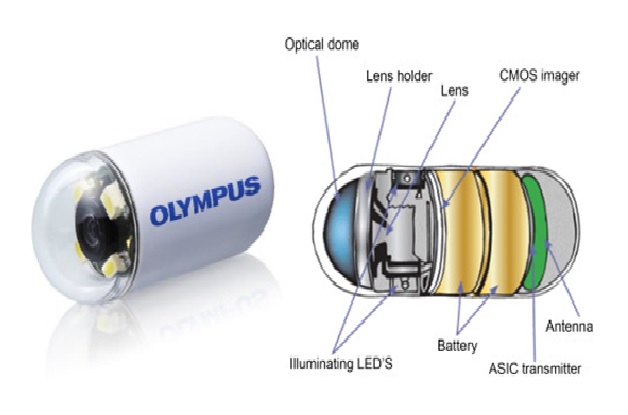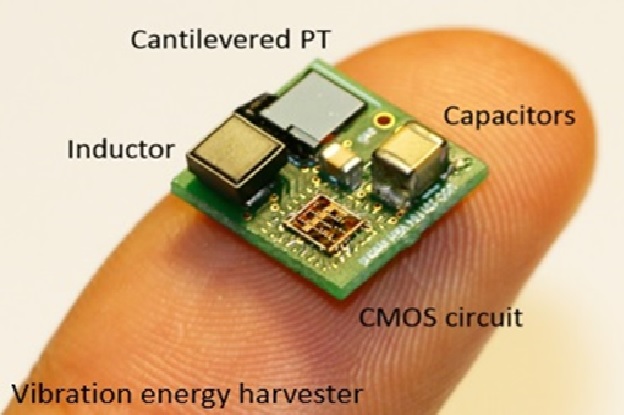Overview of Paper Battery
A paper battery is a thin, flexible energy production and storage device that is formed by combining carbon nanotubes with a conventional sheet of cellulose-based paper. In addition to being disposable, paper batteries may be folded, cut or otherwise shaped for different applications without any loss of integrity or efficiency. [1]

Figure 1. Overview of Paper Battery
Figure 1 shows a paper battery is an electric battery which was engineered to use a spacer formed largely of cellulose -the major constituent of paper. This helps to incorporates nano-scale structures to act as high surface-area electrodes to perk up conductivity.
In addition to being unusually thin, paper batteries are more flexible and environmentally-friendly compared to other batteries. These batteries allow integration into a wide range of products; and their functioning is similar to conventional chemical batteries with an significant difference that they are non-corrosive and do not require widespread housing. [3]
Advantages of Paper Battery
- Unlike the conventional batteries, paper battery can be used by folding, cutting, and rolling.
- Paper battery functions as a battery as well as a capacitor.
- Paper battery is a modern storage device with ultra-thin in size.
- It has special properties such as more economical, biodegradable, and bio-compatible.
- Paper battery can generate electrical energy of 1.5V.
- The output voltage of paper battery can be customized based on requirement.
Disadvantages of Paper Battery
- The carbon nanotubes used in paper battery are very expensive.
- The paper battery wastage may damage lungs if it is inhaled.
- The e-wastage is generated by paper batteries.
7-Simple Steps for the Construction of Paper Battery
Step 1: Take a cellulose-based paper and apply black carbon ink on it.
Step2: Spread this ink applied on the paper.
Step3: After spreading ink, laminate a thin film over the cellulose surface.
Step4: Heat the cellulose paper for 5min at 80 degrees C.
Step5: Then, peel off the film from the substrate.
Step6: The electrodes of paper battery are formed by film. The electrolytes LTO and LCO are connected to different films
Step7: The functioning of paper battery can be checked by connecting battery terminals to the LED [2]
Working of a Paper Battery
Thick carbon nanotubes are the main components of a paper battery. The reason behind the thick black colour of the battery is the presence of carbon in it. The carbon nanotube films act as electrodes, which are embedded in cellulose based paper, soaked in ionic electrolytic liquid. There is no water content on the electrolyte, so there is nothing to freeze or evaporate and it is adaptable to any environment. Interestingly, the battery has a potential to produce power even if it is folded or cut.
Once the paper of the battery is dipped in electrolytic liquid, the battery starts working when the electricity is generated by the movement of electrons from cathode terminal to anode terminal. This is due to the chemical reaction between the electrodes of paper battery and liquid. Due to the quick flow of the ions within a few seconds, energy will be stored in the paper-electrode during recharging. By stacking various paper-batteries up on each other, the output of the paper battery can be increased. [4]
References:
- https://whatis.techtarget.com/definition/paper-battery
- https://www.elprocus.com/paper-battery-construction-and-working/
- https://usharama.edu.in/blogDetail/paper-battery
- https://www.eqmagpro.com/paper-battery-unveiling-a-new-and-unprecedented-source-of-energy/
Cite this article:
Thanusri swetha J (2021), Overview of Paper Battery, Anatechmaz, pp. 58















